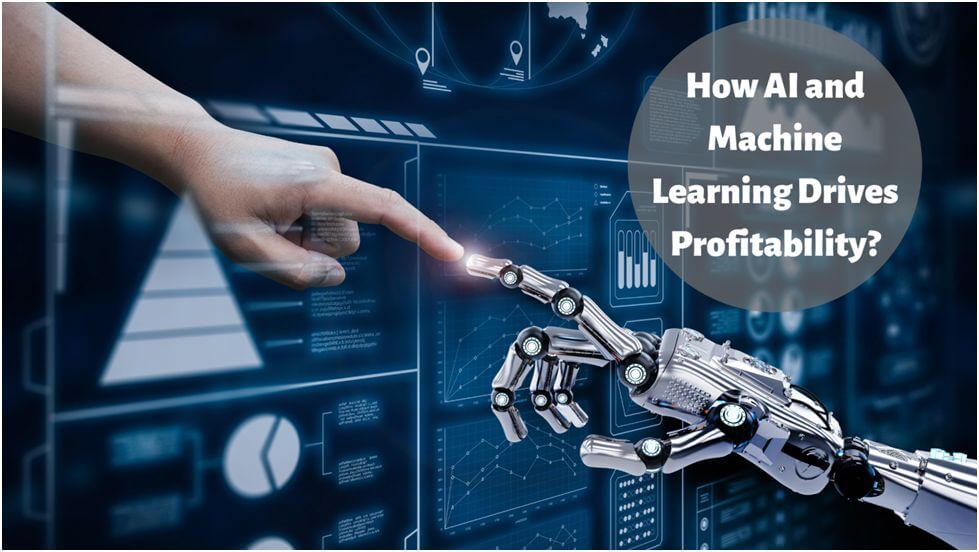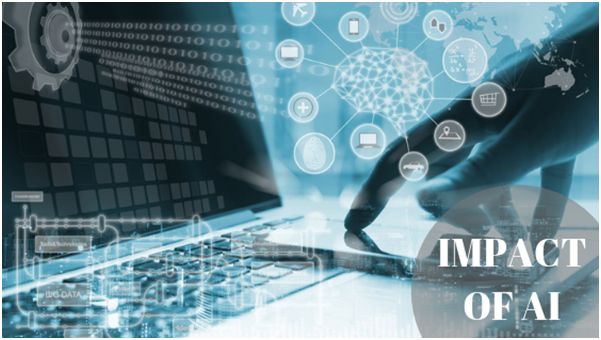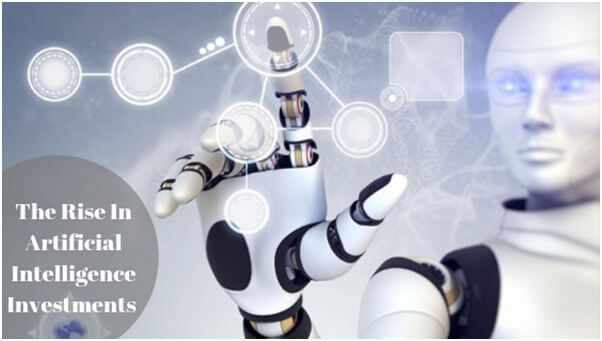
Banks are rapidly adopting Artificial intelligence (AI) and machine learning in their financial services to offer customers a range of services. In the last few years, the entire financial structure has evolved considerably, and the developments in this area are monitored closely.
The technological advancement and the availability of financial sector data have driven the adoption of AI and machine learning. It is easy to meet the profitability needs and financial regulation demands by incorporating the latest technology in financial institutions. Artificial intelligence (AI) and machine learning (ML) is a significant step forward towards digitization which led to the transformation of the financial sector, commonly known as the FinTech industry
The imminent change in the financial structure has attracted various investors seeing the number of potential benefits for both public and private sector institutions.
Current Uses Of AI And ML
- Most of the financial structures are using AI and ML for automating and improving client interaction. The technological development has upgraded the credit quality and insurance contracts, diminishing the risks of financial stability.
- Financial institutions use AI and ML techniques for optimizing scarce capital with the back-testing models. Large trading positions are using it for analyzing the market impact as well.
- Broker-dealers, hedge funds, and various other financial firms are using AI and ML to optimize
- FinTech companies are using AI and ML for regulatory compliance, surveillance, data quality assessment, and fraud detection. Continuous monitoring of data in the Fintech has reduced the number of regulatory and supervisory issues.
Around 26 percent of the companies use AI and ML techniques to achieve success over their competitors, and this trend has taken over the cloud services and automation. In addition to this, these techniques are the main reason behind the widening of Digital Payments total transaction value. There is a significant surge in the digital payments in the last four consecutive years, leading to the vast expansion of the processing companies over the years.
Credit Card Adoption
With machine learning, more and more people have started taking credit cards seeing the convenience of extending their payment capacity without any disruption in the ongoing payments.
Machine learning helps issuers to make proper use of transactional and behavioral data for predicting the spending behavior and alter the services accordingly. The exponentially increasing data help the FinTech companies to create customized experiences in the credit card value chain.

Risk assessment
Machine assessment algorithms are beneficial for dynamically checking the current wealth, property ownership, insurance claims, social network profile, and other personal indicators of the borrower. This approach also shows the weak credit scores giving a more precise picture to assess the creditworthiness.
Various data sources have expanded the reach of banks, making them speed up the decisions. There are no conventional models of risk assessment, such as checking the existing debt burden or payment histories for data sources.

Customer Care
With machine learning advances, the Natural Language Processing (NLP) applications are more contextual, and chatbots assure round the clock assistance across all stages of customer interaction, including payments, on-boarding, and product selection. Recently developed smarter chatbots help in learning about the irate human behavior and then consequently escalate queries to customer care executives.

No frauds
Issuers from global card fraud bore around 70% of the losses in 2016. However, ML systems have algorithms to identify patterns associated with scams and give the issuers a chance to counter the ever-evolving sophistication of cyber-attacks. AI and ML techniques have stood by their promise of great efficiency gains and rise in potential revenue.

Impact of AI
AI is widely used for real-time identification, know-your-customer (KYC), and fraud prevention process in online banking. Robo-advisors are the most significant AI solutions and are evolving to provide privacy and cyber-security. The efficiency gains of AI have canceled out the highly regulated nature of banking. AI has contributed to the bank profitability, significantly impacting the return on assets (ROA).
Usage of AI technologies has increased labor productivity, thereby reducing the cost of the banking sector. FinTech is rapidly implementing AI technologies to increase profitability and remain competitive. The advancements in AI, machine learning, and deep learning are trying to replicate human intelligence, but the attempt is not successful yet.

Driving Factors For The Fintech
The growing use of FinTech has spurred the adoption of AI and machine learning. The financial market participants made proficient use of the availability of AI and machine learning tools by using it in other fields. Now we have access to computing power via cloud services with faster processor speeds and lower hardware costs.
Financial institutions use AI, and machine learning to meet their business needs with a chance to reduce costs, improve productivity, and proper risk management gains for more profits. Industries have prioritized using AI and machine learning for optimizing processes. AI has contributed to more interactions between systems and staff enhancing decision-making and services to the clients. Other market participants are adopting AI and machine learning, to keep up with their competitors’ and for reputational reasons.

Moreover, new regulations have pushed the banks to automate, which has increased the efficiency of regulatory compliance by adopting new analytical tools. AI and ML methods are amongst the most cost-effective means of complying with regulatory requirements.
The Rise In Artificial Intelligence Investments
In recent years, experimentation of AI has shown good results in several areas. Every firm is deploying AI and machine learning techniques for increasing efficiency and serving customers with the best services. Moreover, it is sometimes difficult to distinguish between standard IT solutions and sole AI applications as they are merged and used. Also, information on venture capital (VC) investments in AI start-up firms is useful for analyzing the steep growth.

AI start-ups showed a staggering growth to USD 24 bn globally, from less than USD 2 bn in 2013. Over the past two or three years, there is substantial growth in VC investments. The average volume of VC investments has strengthened over the years, indicating VC flowing into more mature AI firms.
Mark David is a young, energetic and quality oriented editor, blogger at Signzy. Signzy is continually working on building global digital trust system for banks. With the amalgamation of Artificial Intelligence in Banking Sector and Machine Learning, they are continually working on the betterment of digital video verification in the KYC processes.